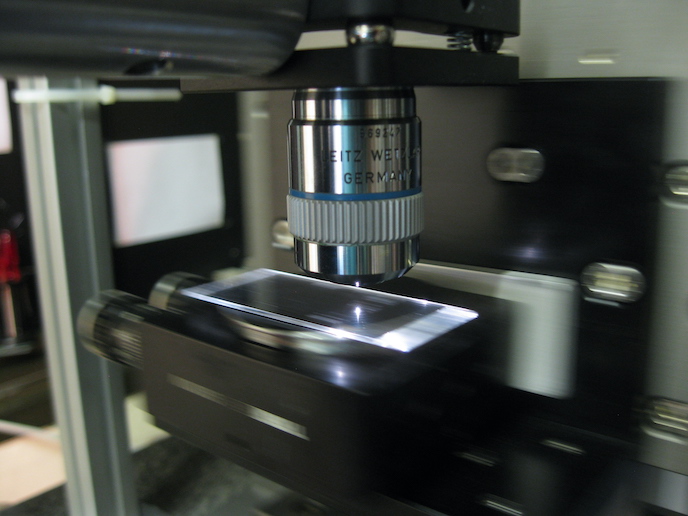Laser technology to remove orbital debris
Current Space debris monitoring systems rely on catalogues that mainly contain data from radars and passive optical technology. Removal of debris in the low Earth orbit by laser illumination requires precise knowledge of the object position and trajectory during and after orbit modification. High-precision tracking of centimetre-based debris can be provided by active optical systems. Development of this technology paves the way for laser-based debris removal. The EU-funded project CLEANSPACE (Small debris removal by laser illumination and complementary technologie) looked into the role laser technology plays in removing small debris. The project defined a global architecture for surveillance, identification and tracking to be used with a ground-based laser protection system. Scientists defined a technology roadmap of the laser system for taking debris out of orbit – a main part of the debris removal concept. In essence, a laser pulse creates a small thrust on space debris by surface ablation. This should change its course, avoiding collision while simultaneously starting the process of atmospheric re-entry (desorbitation). CLEANSPACE introduced innovative concepts at the technical level. Researchers studied laser-matter interaction in a vacuum and demonstrated coherent coupling of laser beams of moderate energy. Furthermore, they demonstrated the suitability of ceramic technology to develop large-size samples with a complex shape and luminescent dopant repartition. An international organisation was proposed to ensure lasting international support and a smooth debris removal process. Simulation tools were developed to predict the change in trajectory for single-pass operation. The project performed four experiments. One was named debris tracking mock-up, one showed the laser ablation propulsion, one was a thin-disk laser and finally one demonstrated the coherent coupling of nine lasers. The CLEANSPACE roadmap for developing a laser-based Space debris removal system should help protect EU Space assets from collisions. In the long term, it just might enable continued Space missions that would otherwise have become impossible because of increasing debris.
Keywords
Laser, Space debris, tracking, surface ablation, laser-matter interaction, simulation







